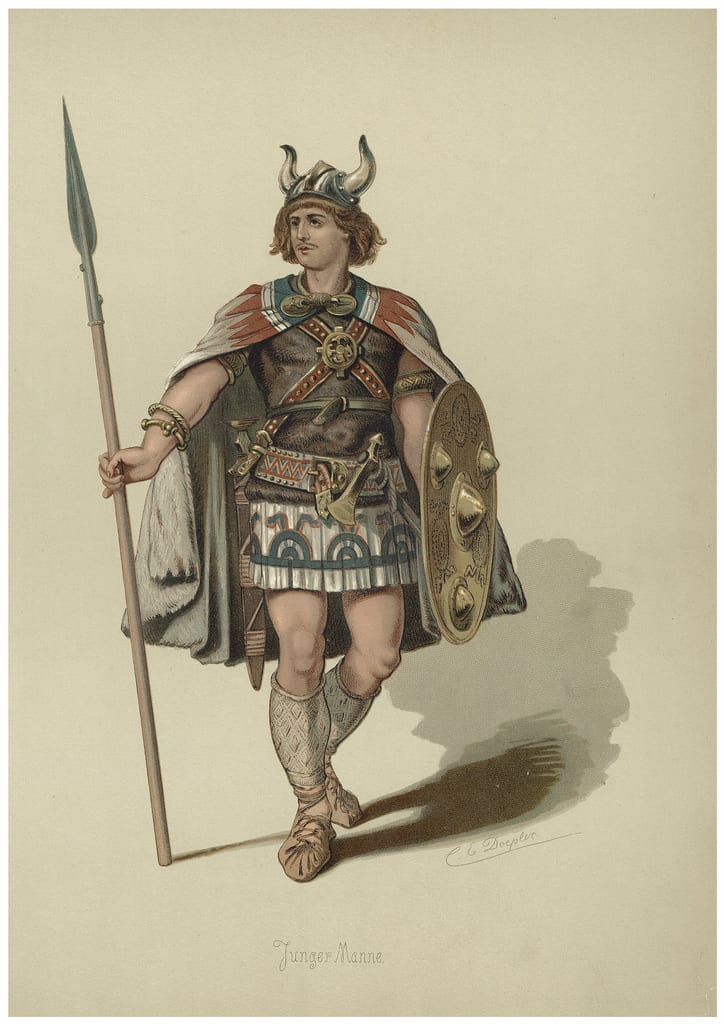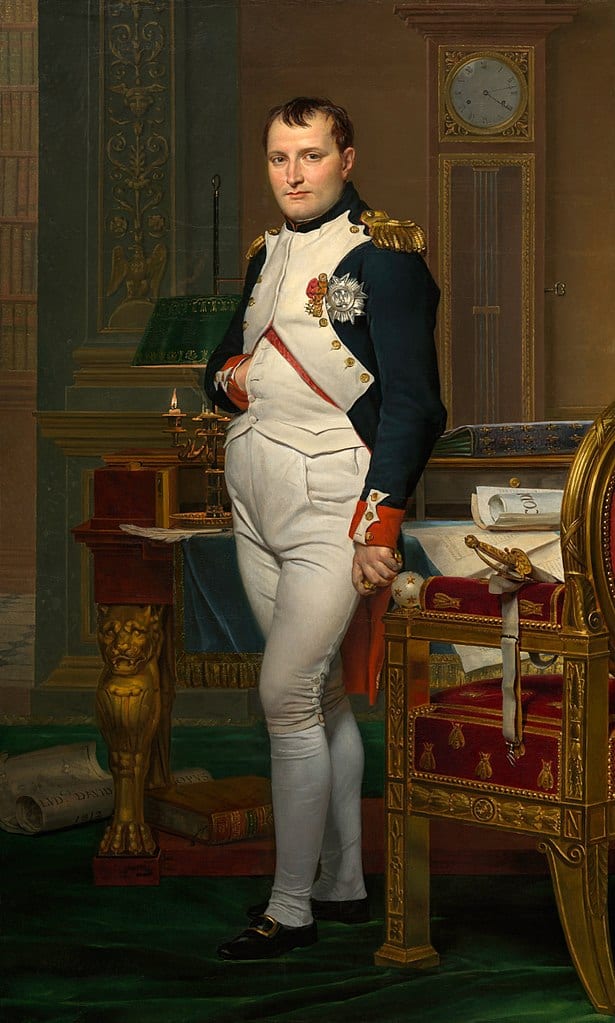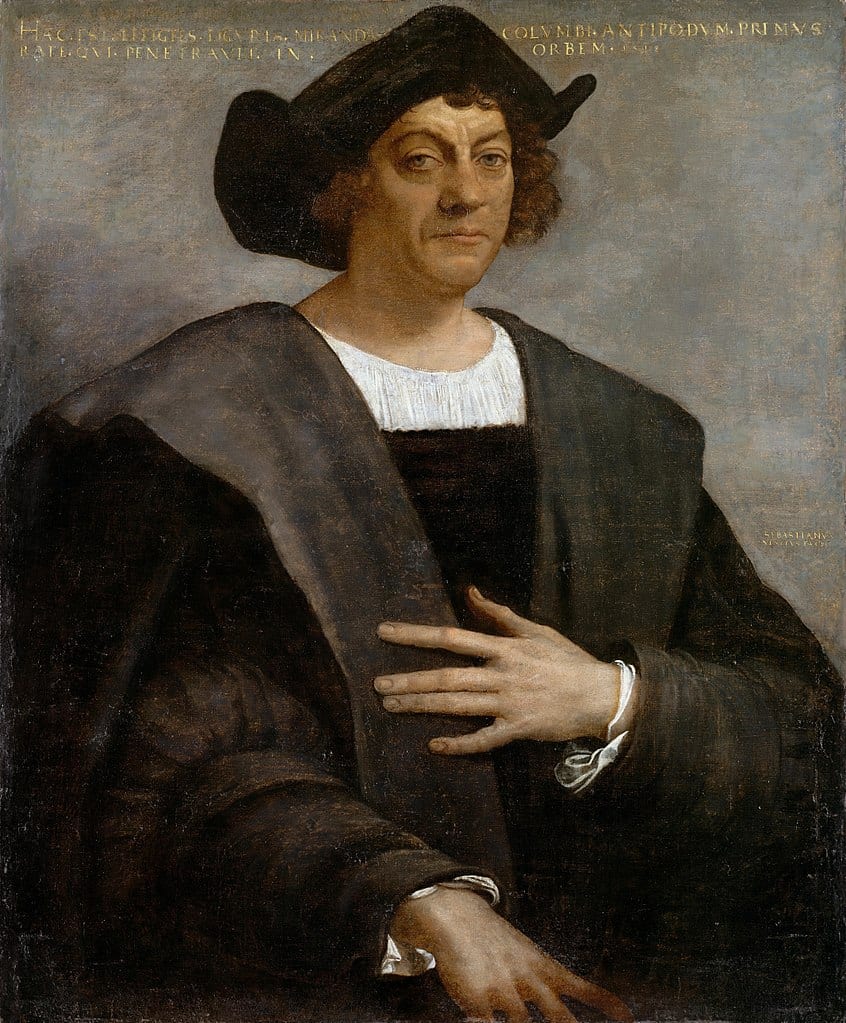Trending Now
History is our link to the past. Millions and millions of people are students of history, professional historians, history teachers, etc…yet somehow…millions and millions of people still latch onto ridiculous myths that have somehow withstood the test of time, despite the vast amount of knowledge available to us in an instant (Thanks, Google!).
Below are 7 common history myths that are in desperate need of a solid debunking.
1. Vikings wore horned helmets
No. At no point in their history did Vikings wear horned helmets.
I know that popular images and movies often depict their headgear in such a way – heck, even the Minnesota Vikings rock the look – but it doesn’t make it any more true.
Their helmets actually looked like this:

Photo Credit: Wikimedia Commons
The myth of the horned viking helmet didn’t actually start until the late 1800s.
Costume designer Carl Emil Doepler, costumer for an 1876 production of Richard Wagner’s opera cycle Der Ring Des Nibelungen, included the horned helmets in his design.
The designs were beautiful and the opera became iconic.
The result? Viking helmets with horns became the new standard – despite the fact that they’re entirely mythical.

Photo Credit: Flickr
2. Napoleon was short
The myth of Napoleon’s less than impressive stature is so widespread and accepted as fact that psychologists have even named a complex after it.
Unfortunately, it is not rooted in truth. Napoleon Bonaparte was not particularly tall…but he was not particularly short either.
He was just…average.

Portrait of Napoleon Bonaparte
Photo Credit: Wikimedia
There are a couple of reasons for the development of this myth.
First, back in the day the French used their own system of measurement, so when Napoleon’s height was listed as 5 feet 2 inches, it was actually in French units. But people see 5’2″ and jump to conclusions.
This height was actually about 5 feet 6.5 inches in modern measurements. By today’s standards, this would be a short man; however, at the time, the average height was 5’7″.
Adding to the confusion here was the fact that both the British and the French used ‘feet’ and ‘inches’ to describe their units of measurement…though the lengths for each unit were different.

James Gillray propaganda poster of Napoleon
Photo Credit: Wikimedia
And second, Napoleon was often seen with his highest ranking officers and Imperial Guard, all of whom were well above average height.
This contributed to the belief that he was short – though he was, by definition, average.
More than likely, though, what solidified the myth of Napoleon’s less-than-stellar stature was the British portrayal of Napoleon in propaganda.
For a number of years in Britain, propaganda displayed Napoleon as a tiny toddler-esque character, always struggling to compete with his counterparts on the world stage.
The first and most enduring caricaturist to use this tactic was a man named James Gillray.
It is not known whether Gillray invented the tiny-tot version of Napoleon himself, or if he borrowed it from anti-Napoleon pamphlets of the day, but his portrayals have endured the test of time.

Another James Gillray propaganda poster of Napoleon
Photo Credit: Wikimedia
3. Columbus discovered America
There are a number of things that we attribute to Christopher Columbus that he does not deserve.
Some actually think he discovered that the world was round?
Well, one of the most pervasive myths regarding ol’ Chris Columbus is that he ‘discovered’ America.
Well, if by discovered you mean that he was the first explorer sailing for one of the major European kingdoms to run into America…then yes.
But world history is not solely the history of Western Europe.

Portrait of Christopher Columbus
Photo Credit: Wikimedia
If we are approaching this from the world exploration viewpoint, Leif Erikson was the first to land in the Americas.
Historians believe that after he was expelled from Iceland in 980 CE, he established a colony on Greenland, and then made regular trips to Newfoundland in present-day Canada and the Northeast coast of the present-day United States.

Photo Credit: Wikimedia
And historians now argue that, after Erikson and before Columbus, the Chinese actually landed in the Americas as late as 1421, bouncing around the coasts of the present-day US.

Photo Credit: Wikimedia
But of course, there is the most important point…you cannot claim to ‘discover’ something when you arrive on the shores and there are people waving at you.
There was a massive indigenous population in the Americas at the time of Columbus’s arrival – including several sophisticated empires.
Additionally, Columbus never even claimed to discover a new continent.
Until his death, he truly believe he was in Asia.
4. Salem Witches were burned at the stake
Another commonly distributed myth is that the accused witches in Salem, Massachusetts in the 1690s were burned at the stake. This is not true – though the legend has roots in true events that were concurrently taking place in Europe.
From the 15th through the 18th centuries, witch hunts took place throughout Europe with relative frequency.
In that time period, as many as 50,000 accused witches were executed for heresy and their ‘craft’ in kingdoms all across the continent, most predominantly in the Holy Roman Empire.

Photo Credit: Wikimedia
Many of these 50,000 were burned at the stake, a common European punishment for heretics during the age of Inquisition.
Burnings were used as a way to protect the people from ‘post-mortem sorcery’.
As common as this form of execution/torture/trial was in Europe…it was never used in the American colonies. At least, not for witches.

Photo Credit: Wikimedia
5. Cowboys in the Wild West wore cowboy hats
The cowboy hat that we traditionally associate with the Wild West was not actually worn by anyone in the Wild West.
In fact, they pretty much wore everything BUT a traditional cowboy hat.
Actually, the most common hat worn by ‘cowboys’ in the west was a traditional bowler hat.
A variety of styles of wide-brimmed hat were worn by folks…but none of them resemble the 10-gallon, ‘Stetson’ style American cowboy hat we see today.

Photo Credits: Wikimedia
6. The Great Chicago Fire was caused by a cow
Legend has it that Catherine O’Leary was milking her cows in her barn one night, when one of them kicked over a lantern and started the Great Chicago Fire.
Unfortunately for the legend and the cute little folk songs that go along with it, this didn’t really happen.
At the time the fire broke out, Mrs. O’Leary was asleep in her house. Her husband awoke in the middle of the night to see the barn on fire.
At this point, dozens of people were already outside surrounding the barn, and their own homes, trying to put out the blaze.

The Great Chicago Fire
Photo Credit: Wikimedia
Eye witnesses saw both O’Learys walk out of their home and begin to assist with the fire.
Additionally, other eyewitnesses claim to have a seen a man enter their barn late in the evening, long after Catherine had gone to bed.
Suffice it say, the fire did begin in her barn, but her cow didn’t start it.
After questioning 50 people, the Board of Police and Fire Commissioners issued an inconclusive report saying that it could have been started by a spark from a chimney or a person with ill-intent…but that it was not Catherine O’Leary.
She was fully exonerated by the Chicago Fire Department in 1997.
7. Einstein failed high school math.
Oftentimes, we manufacture stories about incredible people throughout history that make them more relatable; stories that give us hope that we, too, can overcome obstacles to become great.
One that comes to mind is that “Michael Jordan was cut from the basketball team as freshman.”
Well…he made JV as a freshman, he just didn’t play varsity.
Anyhoo, one myth that has stuck around is that “Even Einstein failed math! You’ll be okay.”

Albert Einstein 1947
Photo Credit: Wikimedia
Au contraire! Einstein did not fail math.
Einstein received high grades in school, though his teachers did not notice any particular greatness in him.
His grades in math were, in fact, exceptional.
It is believed that this rumor may have started out referring to how Einstein failed his entrance exam into Zurich Polytechnic School – though he did, indeed, pass the math section.






